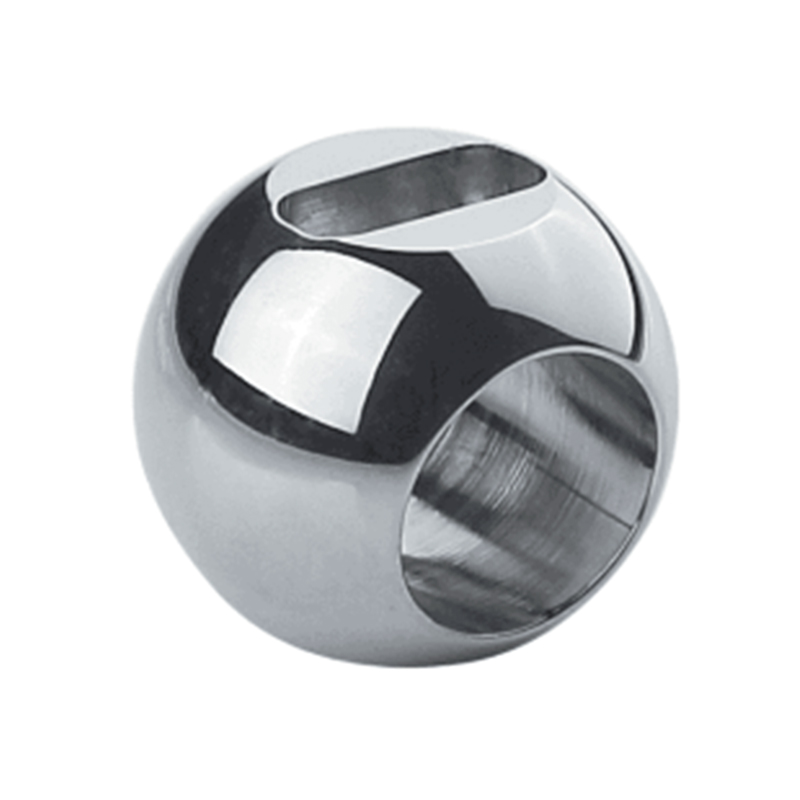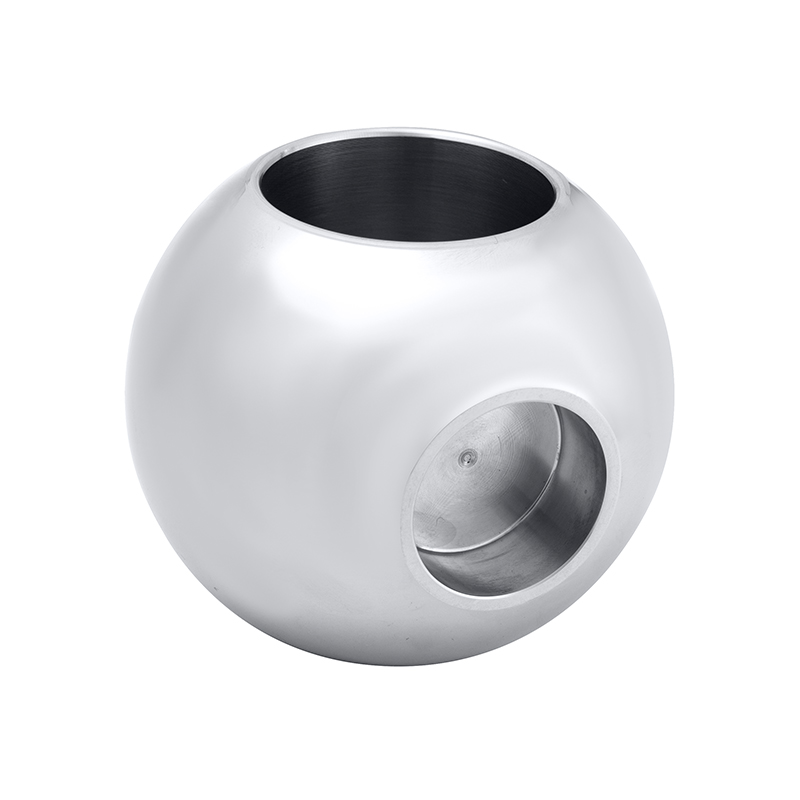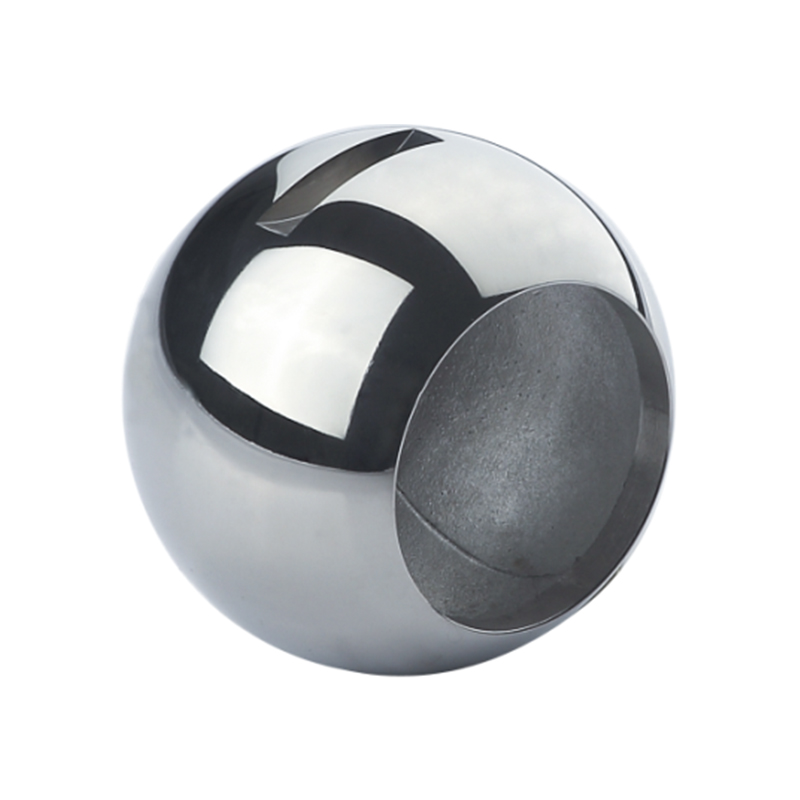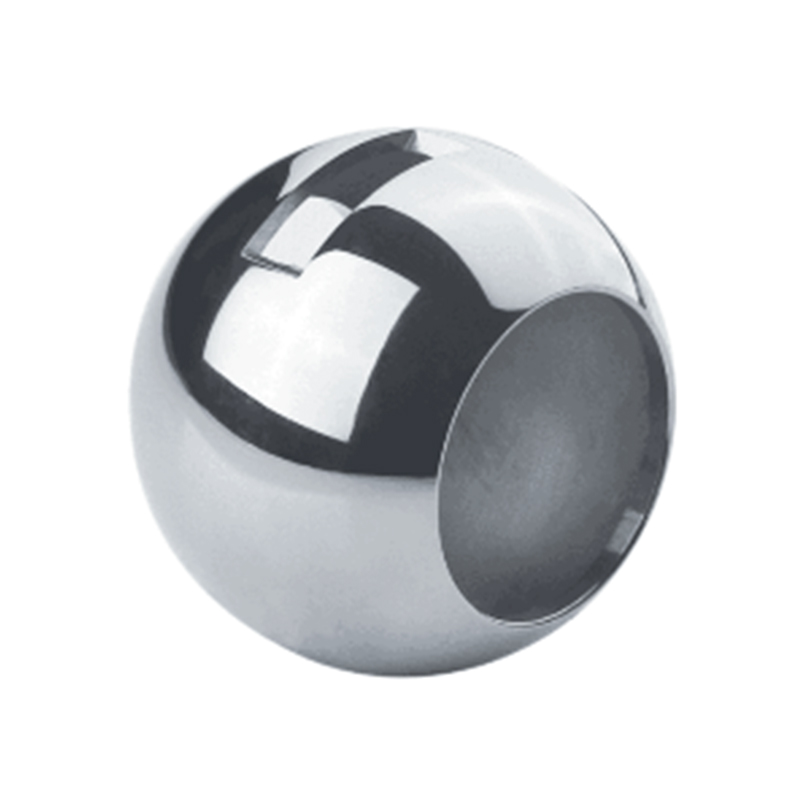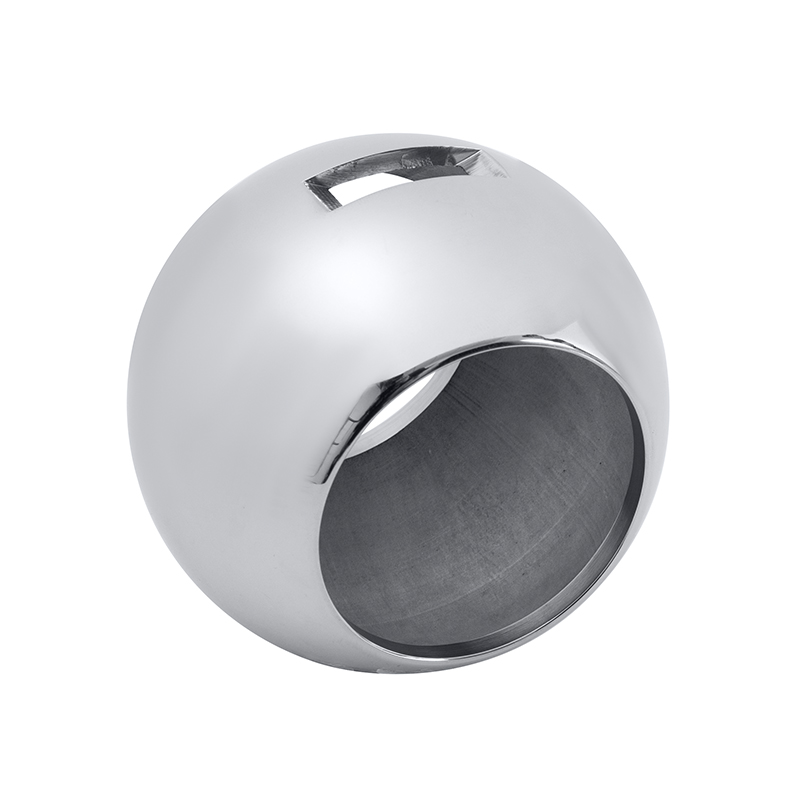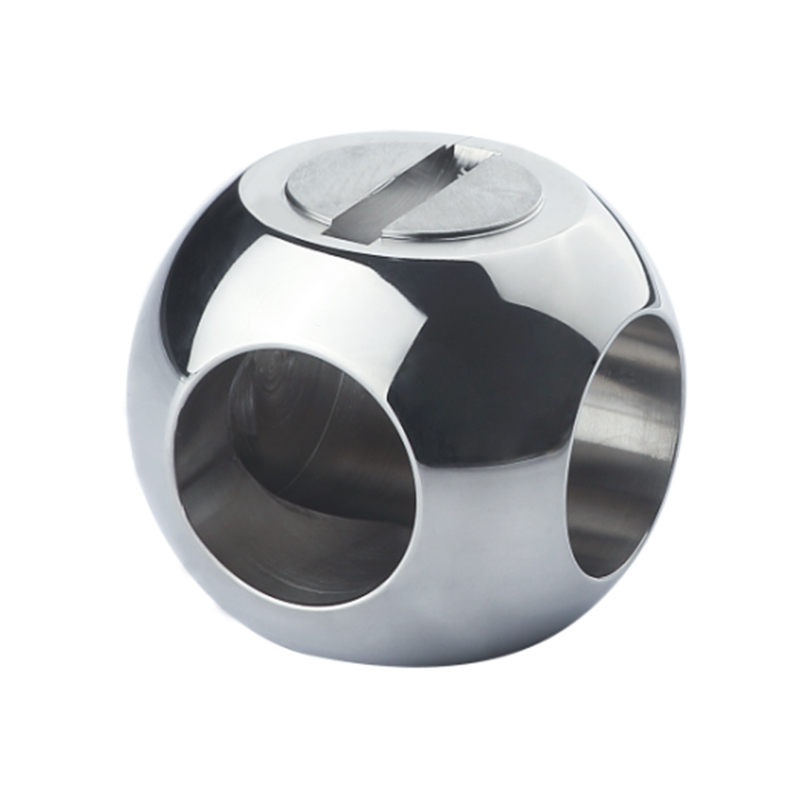When it comes to fluid control systems, valve balls play a pivotal role in ensuring reliable operation, tight sealing, and precise control. In advanced applications, particularly involving a precision ball valve, a three way butterfly valve, or a v ball control valve, the performance and durability of the valve ball hinge heavily on the properties of the materials used, especially their hardness and toughness.
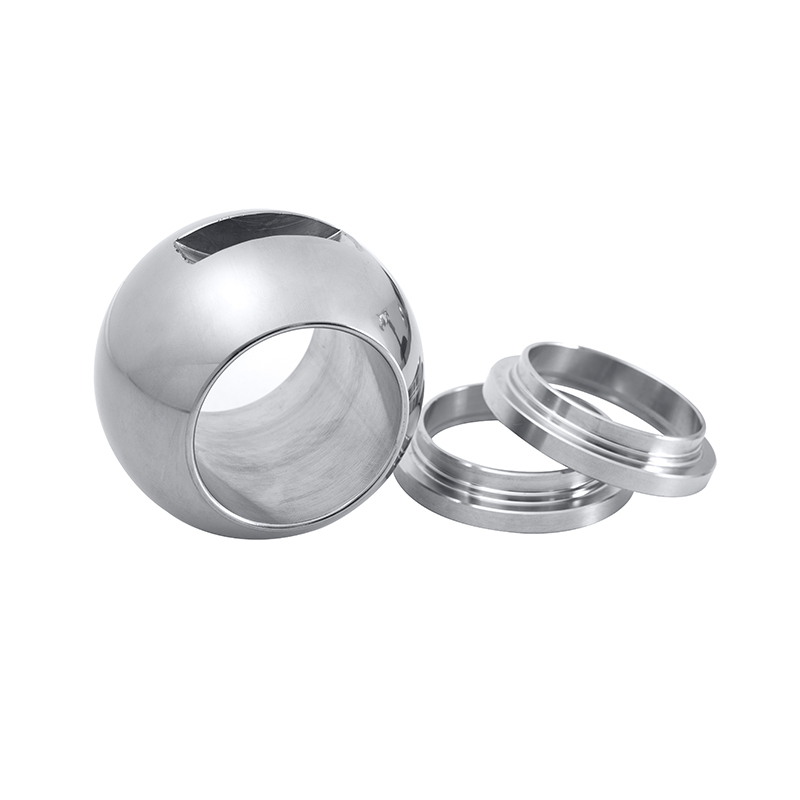
These two material characteristics often pull in opposite directions, pilot to important trade-offs that engineers and manufacturers must consider. Understanding this balance is essential when selecting the right valve for demanding industrial applications.
Understanding Hardness and Toughness
Hardness is a material’s resistance to deformation, scratching, or indentation. In valve applications, a harder ball surface can resist wear from abrasive media or high-pressure flow, maintaining seal integrity over time.
Toughness, on the other hand, refers to the material’s ability to absorb energy and plastically deform without fracturing. A tough material can withstand sudden shocks, pressure fluctuations, or thermal expansion without cracking.
These two properties precisely coexist in a single material at high levels. Materials that are hard tend to be brittle, while materials that are highly tough may wear more quickly under harsh operating conditions. This trade-off becomes a core concern in valve ball design, especially when the component operates in systems that require both wear resistance and resilience.
Precision Ball Valve: Balancing Accuracy and Durability
A precision ball valve requires high dimensional accuracy and a consistent, repeatable flow characteristic. The ball inside such a valve often needs to maintain a near-ideal sphere even after extended use. For this reason, the ball is usually made from hardened stainless steel, ceramic, or coated metal.
In this context, hardness is prioritized to ensure small surface degradation, especially in applications involving high-purity fluids or aggressive chemicals. However, if the hardness is too high, any impact or sudden change in pressure could advance to cracking, especially under thermal cycling.
To address this, some designs incorporate surface treatments or layered materials — a hard outer shell for wear resistance, backed by a tougher core material to absorb impact. This hybrid approach aims to offer durability without compromising operational safety.
Three-Way Butterfly Valve: Navigating Complex Flow Paths
A three-way butterfly valve introduces a different engineering challenge. This valve configuration enables fluid flow in multiple directions, making it ideal for mixing or diverting applications. The internal components, including the valve disc and seat, are exposed to varying pressures and flow rates.
In some designs, a valve ball may still be involved, particularly in hybrid or custom butterfly valve setups. Here, toughness takes on greater significance. The constant directional changes and potential cavitation effects put the internal components under dynamic stress. A tougher material ensures the valve can handle frequent actuation and pressure changes without failure.
However, a certain level of hardness is still necessary to prevent erosion of the sealing surfaces. Manufacturers must therefore strike a delicate balance, choosing alloys or composite materials that provide sufficient wear resistance while withstanding repetitive mechanical stress.
V Ball Control Valve: Precision Meets Flow Control
A v ball control valve is widely used for its ability to provide a modulated flow rate with fine control. The “V”-shaped notch in the ball allows for a more linear or equal-percentage flow characteristic depending on the angle and cut design. Because this valve type is often used in throttling applications, the valve ball is subject to high velocities, pressure drops, and, at times, particulate-laden media.
In this application, the material of the v ball must be hard enough to resist erosion and scoring, especially along the V-notch, which is critical to maintaining control accuracy. Yet, the notch itself can be a stress concentration point, especially if the material lacks sufficient toughness. Fractures may initiate at these locations under cyclic loading.
Material selection for v ball valves often leans toward alloys that can be heat-treated or surface hardened while retaining a ductile interior structure. Surface coatings such as nitriding or hard chrome plating may be applied to further enhance wear resistance without sacrificing the ball’s core toughness.
Conclusion: Making the Right Trade-Off
When designing or selecting valves for industrial use, especially a precision ball valve, three way butterfly valve, or v ball control valve, the trade-off between hardness and toughness is more than just a theoretical consideration — it directly impacts operational lifespan, maintenance needs, and system reliability.
There is no one-size-fits-all solution. Each application demands a tailored approach based on the fluid characteristics, pressure conditions, temperature fluctuations, and required control precision. Understanding how hardness and toughness interact enables engineers to choose materials and valve types that strike the right balance between performance and durability.
As technology advances, new materials and manufacturing processes continue to emerge, offering more options for customizing this balance. But the fundamental principle remains: the right valve ball material must resist wear while remaining resilient under real-world conditions.

 English
English Español
Español Deutsch
Deutsch
